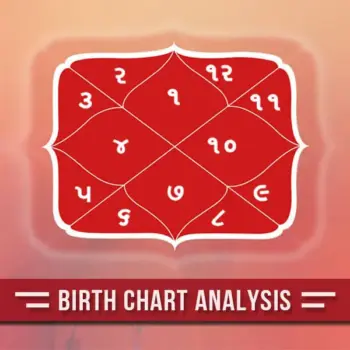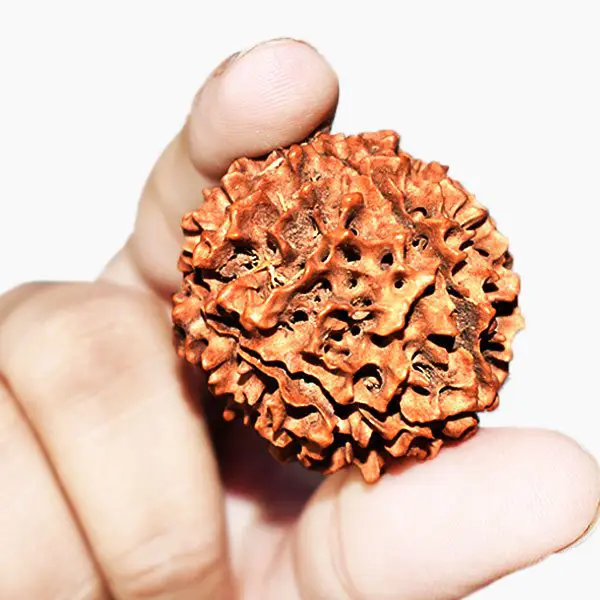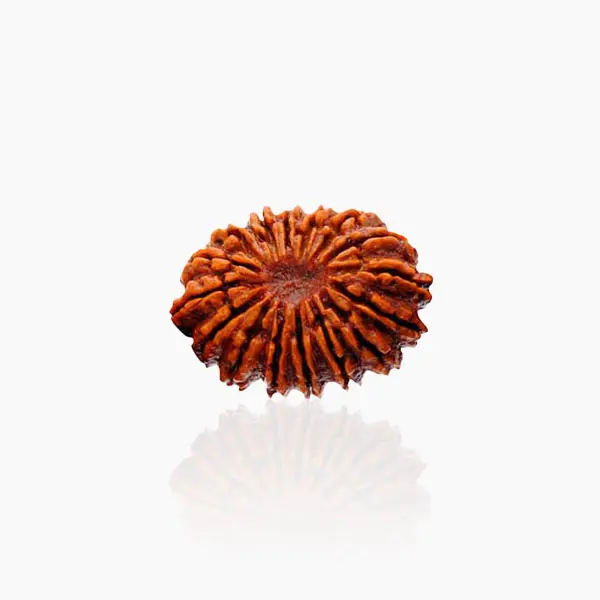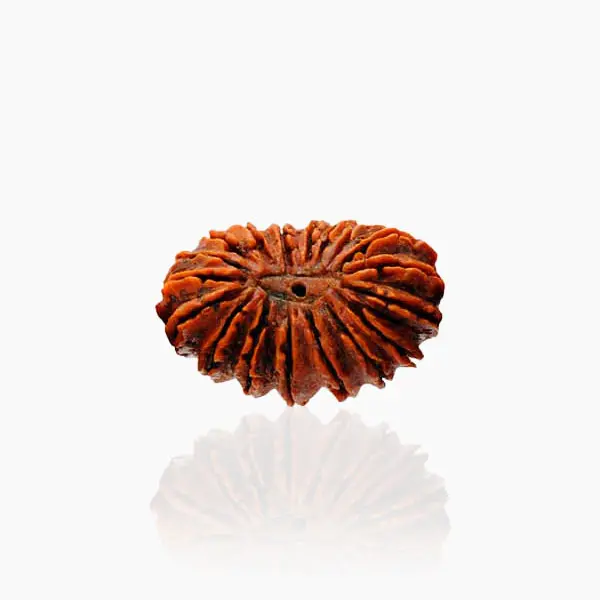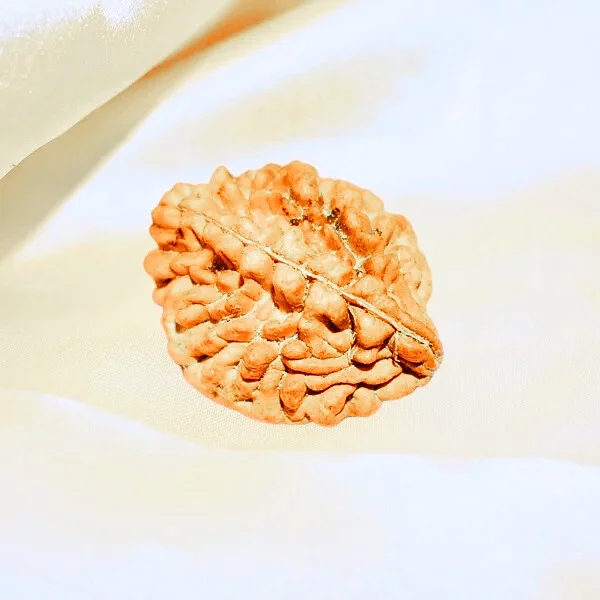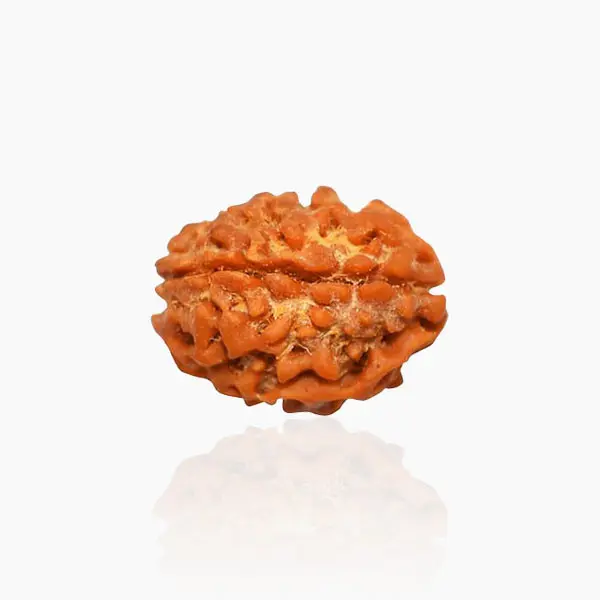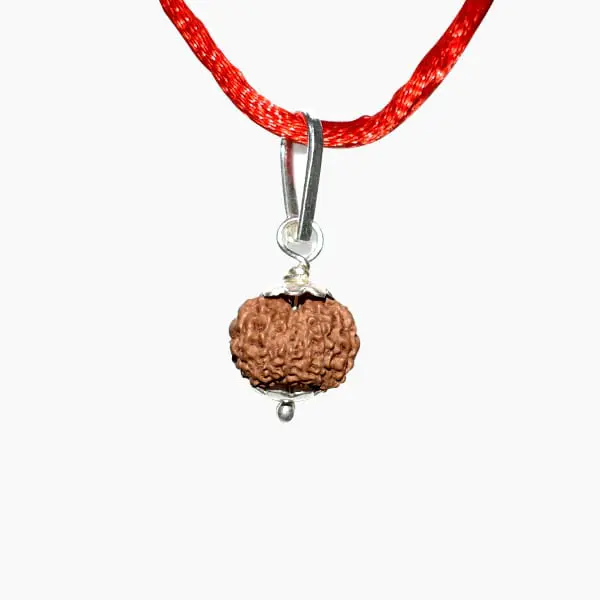
12 Jyotirlinga Names
द्वादश ज्योतिर्लिंग के नाम
12 Jyotirlinga (12 ज्योतिलिंग): thus means The Radiant sign of The Almighty. It is believed that Lord Shiva first manifested himself as a Jyotirlinga on the night of the Aridra Nakshatra thus the special reverence for Jyotirlinga.
Puranas talk in detail about the significance of greatness of the Jyotirlingas. It goes on to say that by reciting the name of 12 Jyotirlinga/12 ज्योतिर्लिंग a devotee can eliminate all the sins. Besides, the devotee becomes calm, chaste and pure as he becomes illuminated and enlightened with supreme and divine knowledge. The names of 12 Jyotirlinga’s/12 ज्योतिर्लिंग are mentioned below:
Somanath Temple Gujrat in 12 Jyotirlinga:
Traditionally it is considered the first pilgrimage site: the 12 Jyotirlinga/ 12 ज्योतिर्लिंग begins with the Somnath temple. The temple was rebuilt 16 times and it is rich in legend, tradition and history.
Mallikarjuna Temple Sri Shailam in 12 Jyotirlinga:
It is a place where Shakti Pith and jyothirlingam are together.
Mahakal Temple Ujjain 12 Jyotirlinga:
The Lingam at Mahakal is believed to be Swayambhu, the only one of the 12 Jyotirlinga’s/12 ज्योतिर्लिंग to be so. It is also the only one facing south and also the temple to have a Shree Yantra perched upside down at the ceiling of the Garbha griha (where the Shiv Lingam sits).
Omkaram Temple Madhya Pradesh in 12 Jyotirlinga:
It is on an island in the Narmada River is home to a Jyotirlinga shrine and the Amareshwar temple.
Vaidhyanatha Temple in 12 Jyotirlinga:
Yogeshwari of Ambejogai was married to Lord Vaidyanatha of Parli. But by the time the marriage party reached, the auspicious time of the wedding had passed. As a result the people of the marriage party turned into stone statues. Yogeshwari was waiting away from Parli. This is one story that is frequently heard there.
Bhimasankara Temple Maharashtra in 12 Jyotirlinga:
Here contains a Jyotirlinga shrine associated with Shiva destroying the demon Tripur asura.
Rameshwara Temple Tamil Nadu in 12 Jyotirlinga:
It is revered as the southernmost of the twelve Jyotirlinga/12 ज्योतिर्लिंग shrines of India. It enshrines the Rameshwara (“Lord of Rama”) pillar.
Nageshwar Temple, Dwarka in 12 Jyotirlinga:
The term “Daruka vane” in the shloka (religious verse) for Nageshwar has also been interpreted for Jageshwar, also situated in the Himalaya. Daruka vane means deodar forest.
Kashi Vishwanath Temple Uttar Pradesh in 12 Jyotirlinga:
The Kashi Vishwanath Temple in Varanasi, Uttar Pradesh is home to the Vishwanath Jyotirlinga/12 ज्योतिर्लिंग shrine, which is perhaps the most sacred of Hindu shrines.
Trimbakeshwara Temple near Nasik in 12 Jyotirlinga:
Is a Jyotirlinga shrine associated with the origin of the Godavari River.
Kedareshwara Temple Uttarakhand in 12 Jyotirlinga:
Kedarnath, nestled in the snow-clad Himalayas, is an ancient shrine, rich in legend and tradition.
Grishneshwar Temple Maharashtra in 12 Jyotirlinga:
It is believed as the Last or 12th (twelfth) Jyotirlingaon/ 12 ज्योतिर्लिंग the earth.
There was a forest named Kamada. It did not rain there for a hundred years. The leaves dried up and the dwellers of the forest started to suffer.
The sage Atri decided that he would meditate to try and bring the rains. Atri´s wife was Anusuya and she thought that she might as well perform tapasya together with her husband. Both of them started to pray to Shiva and it was very difficult to decide whose tapasya was the more difficult. Fifty-four passed and they meditated without eating or drinking anything.
Atri´s meditation was finally over and he felt thirsty. He therefore asked his wife to go and fetch some water so that he might quench his thirst. While Anusuya was going to fetch the water, the river Gang appeared before her.
Ganga obliged. Anusuya filled her water-pot from the pond and brought the water to her husband. Atri drank the water and found that it was far tastier than the water they were used to. When he asked Anusuya why this was so, she told him what happened. Both husband and wife came back to the pond. Anusuya had earned a lot of punya (store of merit) thanks to her tapasya. Ganga agreed to stay on provided Anusuya handed over to Ganga whatever punya she had acquired in one year of tapasya. This condition Anusuya agreed to.
Mallikarjuna:
You already know that Kartikeya felt cheated when Ganesha got married. He decided that he would not live with Shiva and Parvati any longer, and began to live on the mountain Krouncha.
Parvati was miserable that her son had left her. She sent gods, sages, gandharvas and Apsara to bring her son back. But Kartikeya would not return. Shiva and Parvati then went to visit Kartikeya themselves, but Kartikeya would not let them get too close. Shiva and Parvati started to live at a place that was about six miles away from where their son was living. They are always there, so as to be near their son. This place is known as Mallikarjuna.
Dushana and Mahaka:
The third of the Jyotirlingas is Mahakal. The city of Avanti is on the banks of the river Kshipra (Shipra). A Brahman named Vedapriya used to live in the city of Avanti. He used to worship Shiva everyday and he had brought up his four sons to do the same. These sons were named Devapriya, Priyamedha, Suvrita and Suvrata.
Not very far away, on a hill named Ratnamala, there used to live an asura named Dushana. Dushana was evil, he could not stand the idea of the Vedas being read and the religion prescribed in them followed. He went about destroying this righteous religion wherever he could. Dushana got to know that in the city of Avanti there lived four Brahmans who followed the righteous religion and worshipped Shiva. These were Devapriya, Priyamedha, Suvrita and Suvrata. Their father Vedapriya had died by then.
Dushana and his cohorts came and attacked the city of Avanti. They threatened to kill the four Brahmans, but the brothers were not at all perturbed. They continued to pray to Shiva. They bowed in obeisance before the linga.
Suddenly a tremendous sound was heard and a pit appeared in the ground in front of the linga. Shiva himself appeared in this pit. Dushana was burnt into ashes from the force of Shiva´s roar. And Shiva put all of Dushana´s soldiers to flight.
Vindhya and Omkar:
The linga that Vindhya worshipped as called Omkara.
Naranarayana and Kedara:
After the two sages had prayed to Shiva for a very long time, Shiva appeared and said, I don´t understand why the two of you worshipping me. It is you who should be worshipped. But since you have been praying to me, let me grant you a boon. Nara and Narayana described that Shiva should always be present in the form of a linga on the peak Kedara.
Bhimashankar:
The sixth of the Jyotirlingas is Bhimashankara.
You know about Rama and Ravana from the Ramayana and you also know that Rama killed not only Ravana, but also his brother Kumbahakarna.
A rakshasa woman named Karkati used to live on the mountains named Sahya. Karkati had been married to Kumbhakarna and her son was named Bhima. One day, Bhima asked Karkati, Mother, whose son am I? Why do we live alone in this forest? Karkati said; Let me tell you my sad story. I used to be married to the rakshasa Viradha. But Rama killed Viradha. Later on, Kumbhakarna came and married me here and you were born. Kumbhakarna had promised to take me to Lanka. But he was killed by Rama and I never got to see Lanka. That is the reason we live here alone. We have nowhere else to go.
Bhima was very sorry to hear this story. He resolved to avenge himself on Vishnu because he knew that Rama had been an incarnation of Vishnu. For a thousand years he prayed to Brahma with his hands raised up to the sky. When Brahma appeared, Bhima wished for the boon that he might become very strong. This boon Brahma granted. The first target of Bhima´s attention was the king of Kamarupa. The king´s crime was that he was devoted to Vishnu. Bhima attacked the king, stole all his belongings, conquered his kingdom and imprisoned him and his wife. He then proceeded to conquer the rest of the world.
The gods were gratified and they craved that Shiva might always remain in the place in the form of the linga.
Vishwanatha in Varanasi:
The seventh of the Jyotirlingas is named Vishwanatha and it is located in the city of Varanasi or Kashi.
Varanasi is a very sacred place. Brahma himself performed difficult tapasya there. So difficult was the tapasya that Vishnu shook his head in disbelief. When Vishnu shook his head, a jewel (Mani) fell down from Vishnu ear (karna). The place where the jewel fall is known as Manikarnika and it is a famous tirtha.
Varanasi is not destroyed when the rest of the world is destroyed. Shiva himself raises it on the point of his trident and protects it while destruction rages all around. When the world is re-created, Shiva replaces Varanasi to its appointed place. (12 Jyotirlinga/ 12 ज्योतिर्लिंग)
Shiva and Parvati once went to visit Brahma. Brahma began to chant hymns in Shiva´s praise with all of his five mouths. One of the mouths however made mistakes in the pronunciation of the hymns. This angered Shiva and Shiva severed the offending head with a gaze of his third eye. But this effectively amounted to the killing of a Brahman and Shiva committed a crime. The severed head therefore got stuck to Shiva´s back would not come off, no matter where Siva went. But when Shiva arrived in Varanasi, the head fell off his back. Shiva realized that Varanasi was a special place and he resolved that he would always be present there.
Gautama and Trymbaka:
Towards the south of the country there was a mountain named Brahmaparvata. There the sage Gautama and his wife Ahalya performed tapasya for ten thousand years. While they were meditating, there were no rains in the forest for a hundred years and there was a shortage of water. Living beings died from the drought. Gautama prayed to Varun, the god of the ocean and the rain. Varun appeared and offered to grant a boon.
Please grant the boon that it might rain, said Gautama. He can´t do that, replied Varun. That is beyond my powers. Ask for something else instead.
Then let us have a pond in the forest that will always be full of water, said Gautama. This was within Varuna´s powers and the pond was created. The other sages also began to use water from this pond. Normally, Gautama sent his disciples to fetch water. But the disciples complained that the wives of the other sages did not let them take the water. So Ahalya herself started to fetch the water. The wives of the other sages annoyed and pestered Ahalya, but she never reacted. These wives then complained to their husbands about Ahalya and Gautama. At first the sages did not listen, but eventually, they were convinced that Ahalya and Gautama were wicked. They therefore sought to devise a plan so that these two might punished. They began to pray to Ganesha.
When Ganesha arrived, the sages said, Please grant us the boon that Gautama and Ahalya might be banished from the hermitage.
The ninth of the Jyotirlingas is named Vaidyanatha:
Please grant me the boon that I may be very strong. And please restore my nine heads, replied Ravana.
Boon, exclaimed Narada. Who believes in Shiva? Let me see if you can lift up Mount Kailasa. If you can do that, I shall indeed believe that you have become strong. Incited by Narada, Ravana returned to Kailas and lifted up the mountain. As the mountain shook, Shiva and Parvati were disturbed. Shiva cursed Ravana that soon a being would be born who would kill Ravana. This being was of course Rama, Vishnu´s incarnation.
Nagesha:
There used to be a rakshasa name Daruka. His wife was named Daruki. They lived in a forest on the banks of the western sea. Parvati had granted Daruki the boon that wherever Daruki went, the forest would follow.
Using this forest as a base, Daruka and Daruki began to oppress the world. They destroyed the Yajnas and killed all the righteous people. In desperation, the survivors went to a powerful sage named Ourva. They told Ourva that he alone could save the world from the depredations of these rakshasas. Ourva cursed the rakshasas that if they committed any violence on earth, they would immediately die.
As soon as the gods got to know about this curse, they attacked the rakshasas. The demons were in a fix. If they did not fight with the gods, they would be slaughtered. But if they fought with the gods, they would die because of Ourva´s curse. They decided that they would go and live in the ocean. Thanks to the boon that Daruki had received from Parvati, the entire forest was also submerged in the ocean and became the home of the rakshasas.
In this fashion, they once captured a Vaishyas (the third of the four classes) who was devoted to Shiva. The Vaishyas set up a linga in the prison and began to pray to Shiva. When the rakshasas saw this, they attacked him with weapons so as to kill him. This Vaishyas was named Supriya. Shiva gave Supriya a pashupata, a divine weapon associated with Shiva. With this the Vaishyas killed many demons. The remaining rakshasas were saved by Parvati´s intervention.
Rama and Rameshwara:
The eleventh of the Jyotirlingas/12 ज्योतिर्लिंग is named Rameshwara.
Ravana had kidnapped Sita and Rama looked for her everywhere. He was aided in his search by the monkeys. The search brought them to the shores of the ocean.
While Rama was trying to decide how to cross the ocean, he felt very thirsty. He therefore asked the monkeys to fetch him some water. But when the water was brought, Rama realized that he should not drink the water without first praying to Shiva.
Rama constructed a linga and worshipped it with many fragrant flowers. Such were the powers of Rama´s prayers that Shiva, Parvati and their companions appeared before Rama. Shiva blessed Rama and Rama requested him to stay in that place forever. It is this linga, on the shores of the ocean that is known as Rameshwara.
Ghushna and Ghushnesha:
The twelfth and last of the Jyotirlingas/12 ज्योतिर्लिंग is named Ghushnesha.
To the south, there is a mountain named Deva. A Brahman named Sudharma used to live there. His wife was called Sudeha. Husband and wife were righteous and regularly prayed to the gods. They had only one reason for complaint: they had no son. Sudeha was especially disturbed at this. Other women tended to insult her because she had no son.
Sudharma decided to conduct an experiment. He plucked two flowers and offered them in front of a sacred fire. He mentally associated one of the flowers with having a son and asked his wife to choose a flower. Unfortunately, his wife chose the flower that was not associated with having a son. From this Sudharma concluded that they were not going to have a son and he did his best to console Sudeha. But Sudeha refused to be consoled, she was miserable.
Why don´t you marry again? Asked Sudeha. Perhaps you will then have a son. Marry my niece Gushna.
Every day, Ghushna made a hundred and one lingas out of clay and worshipped them. When the day´s prayers were over, she immersed the lingas in a pond. When one lakh lingas had thus been worshipped, Ghushna gave birth to a handsome boy. Shiva had taken pity on Sudharma and Ghushna. Sudeha convinced her husband that this would never happen. So Sudharma married Ghushna.
But when the son was born, Sudeha´s nature changed. As her husband had warned her, she felt jealous. She thought that Gushna got more important and she was treated like a maid. In the middle of the night, Sudeha slew the boy with a knife and threw the dead body into the pond. This was the pond where the lingas had been immersed.
Ghushna desired that Shiva might always be present in a linga near the pond. This is known as Ghushnesha.
